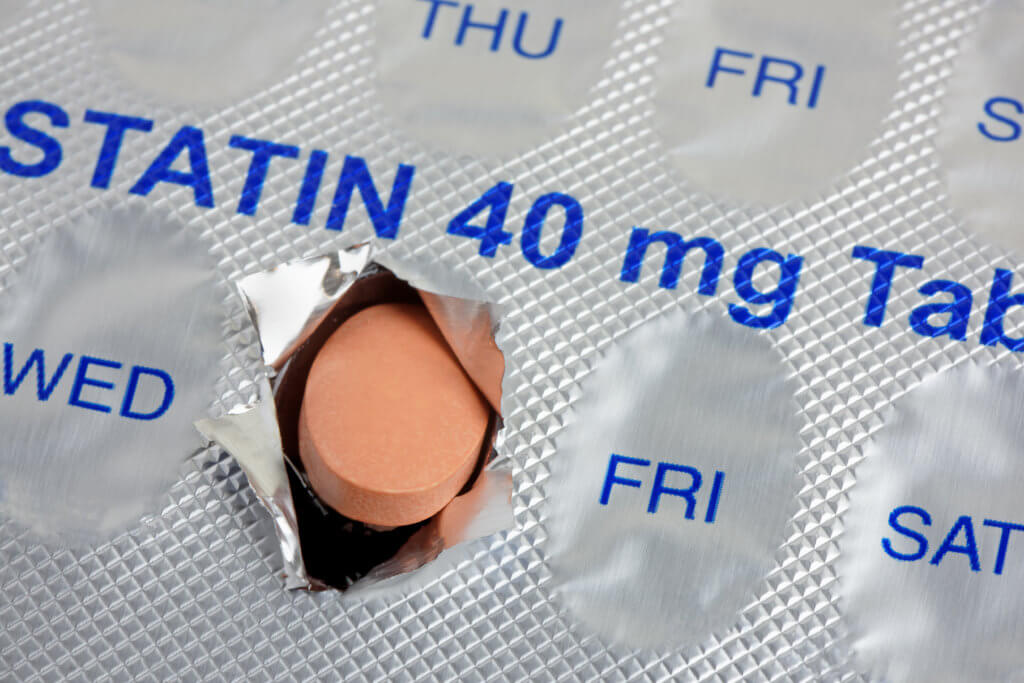SEOUL, South Korea — One of the most frequently prescribed statins — medications which lower cholesterol — elevates the risk of diabetes, a new study warns.
Although researchers found that two popular cholesterol-lowering drugs effectively diminish the chances of heart attack or stroke, the team also discovered that rosuvastatin increased the risk of developing Type 2 diabetes. According to the results, both rosuvastatin and atorvastatin are “equally effective” in warding off heart attacks, strokes, and death for individuals with coronary artery disease.
However, while rosuvastatin — marketed under brand names like Crestor, among others — correlates with decreased cholesterol levels, scientists note it poses a greater risk of diabetes development compared to atorvastatin.
Using statins to lower LDL cholesterol, commonly referred to as “bad” cholesterol, is advised for patients with coronary artery disease, a condition where blood vessels supplying the heart become narrowed or obstructed. Yet, only a few past trials have rigorously compared the long-term clinical impacts of these two potent statins on such patients.
The Centers for Disease Control and Prevention estimates that more than 35 million people in the United States take statin drugs.
The LODESTAR clinical trial results were analyzed by researchers. The study involved 4,400 adults averaging 65 years of age, all diagnosed with coronary artery disease across 12 South Korean hospitals. At the trial’s commencement, medical and lifestyle details were documented, with participants randomly designated to daily doses of either rosuvastatin or atorvastatin from September 2016 to November 2019.

Subsequently, the Korean researchers compared differences between both groups concerning overall death rates, heart attack frequencies, strokes, and coronary revascularization — a method to reinstate blood flow to heart sections. They also evaluated other health metrics like the onset of Type 2 diabetes, hospital admissions due to heart failure, significant blood clot occurrences, and cataract surgeries.
Of the total participants, 98.7% (or 4,341) completed the trial. The researchers observed no distinguishable variations between the two groups in terms of overall death, heart attack occurrences (myocardial infarction), strokes, or any revascularization procedures.
However, the study indicates that the rosuvastatin group had a marginally reduced average LDL cholesterol level throughout the study compared to the atorvastatin group. Yet, the rosuvastatin participants exhibited a higher incidence of Type 2 diabetes requiring medication (7.2%) compared to the atorvastatin group (5.3%). Additionally, a higher percentage of the rosuvastatin group needed cataract surgery (2.5%) than the atorvastatin group (1.5%). Other safety results remained consistent between both groups.
The research team acknowledges limitations, noting the study only involved Asian participants, and its three-year duration might not sufficiently capture the long-term effects of the two statin types. However, they emphasize that their findings should be approached carefully, and more in-depth research with extended monitoring is necessary.
“In people with coronary artery disease, rosuvastatin and atorvastatin showed comparable efficacy in terms of a composite of all cause death, myocardial infarction, stroke, or any coronary revascularization within three years,” says the study’s author, Professor Myeong-Ki Hong from Yonsei University College of Medicine, in a media release. “Rosuvastatin was associated with lower LDL cholesterol levels, but it incurred a higher risk of new onset diabetes mellitus requiring antidiabetics and cataract surgery than atorvastatin.”
The study is published in The BMJ.
You might also be interested in:
- Bempedoic acid proves just as effective at reducing cholesterol as statins
- Best Ways To Improve Heart Health: Top 5 Natural Methods To Care For Your Ticker, Per Health Experts
- Diabetes diagnosis before age 30 could shave 14 years off lifespan, study shows
- Best Glucometers: Top 5 Blood Sugar Monitors Most Recommended By Experts
South West News Service writer Stephen Beech contributed to this report.


One time I opened the front door of my house and it started to rain. After exhaustive study it was determined that opening the door did not cause rain.
Ironically I have been prescribed statins BECAUSE of my type 2 diabetes. At one time I was on rosuvostatin but it caused severe leg cramps so my doctor switched me to another statin; I’ve had no issues since.
Was there a control group? If not, what do we compare these numbers to in order to determine statin’s risks to the general public? Or was this study just to compare these two classes of statins?
Obesity causes diabetes even more.